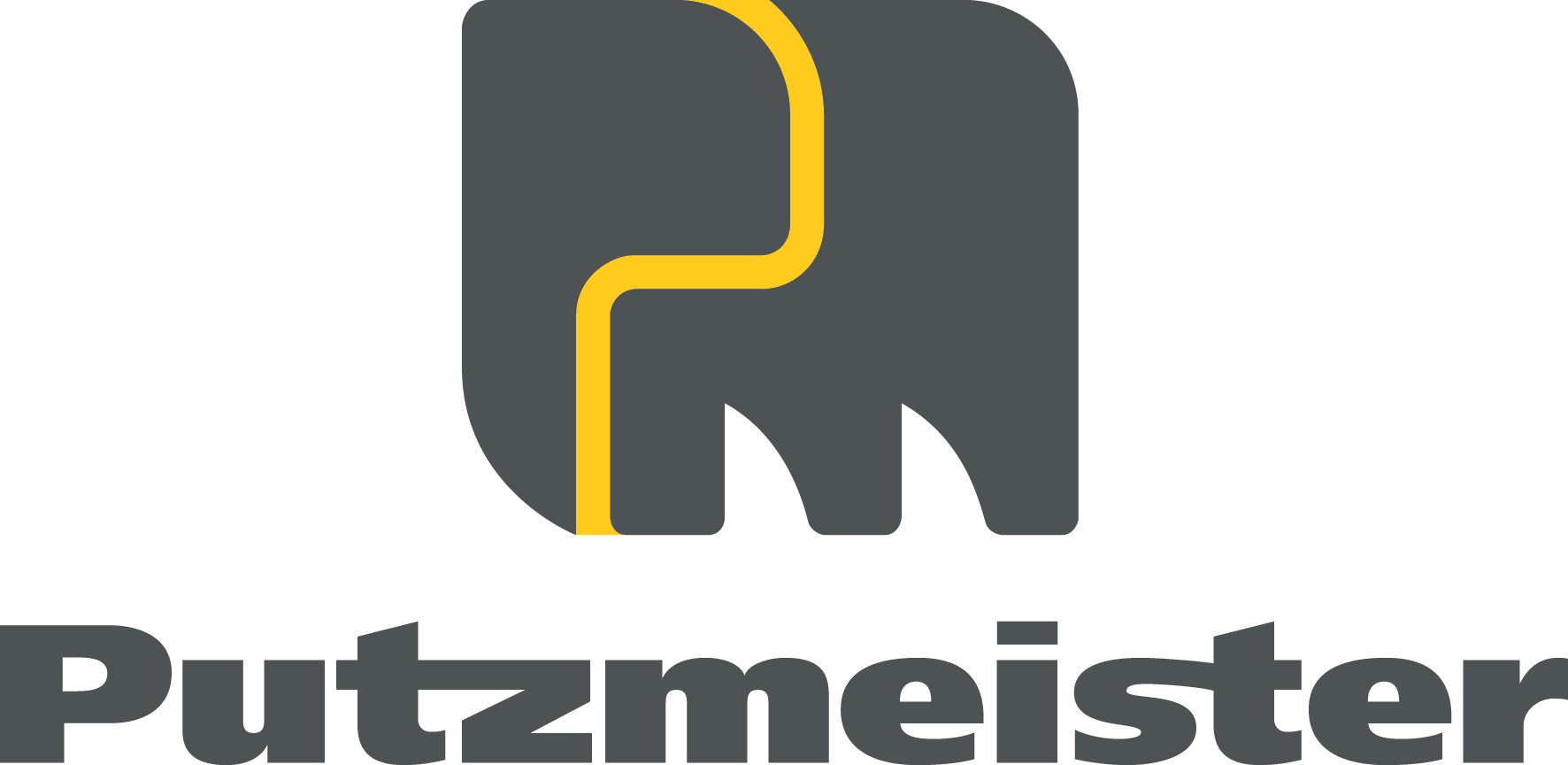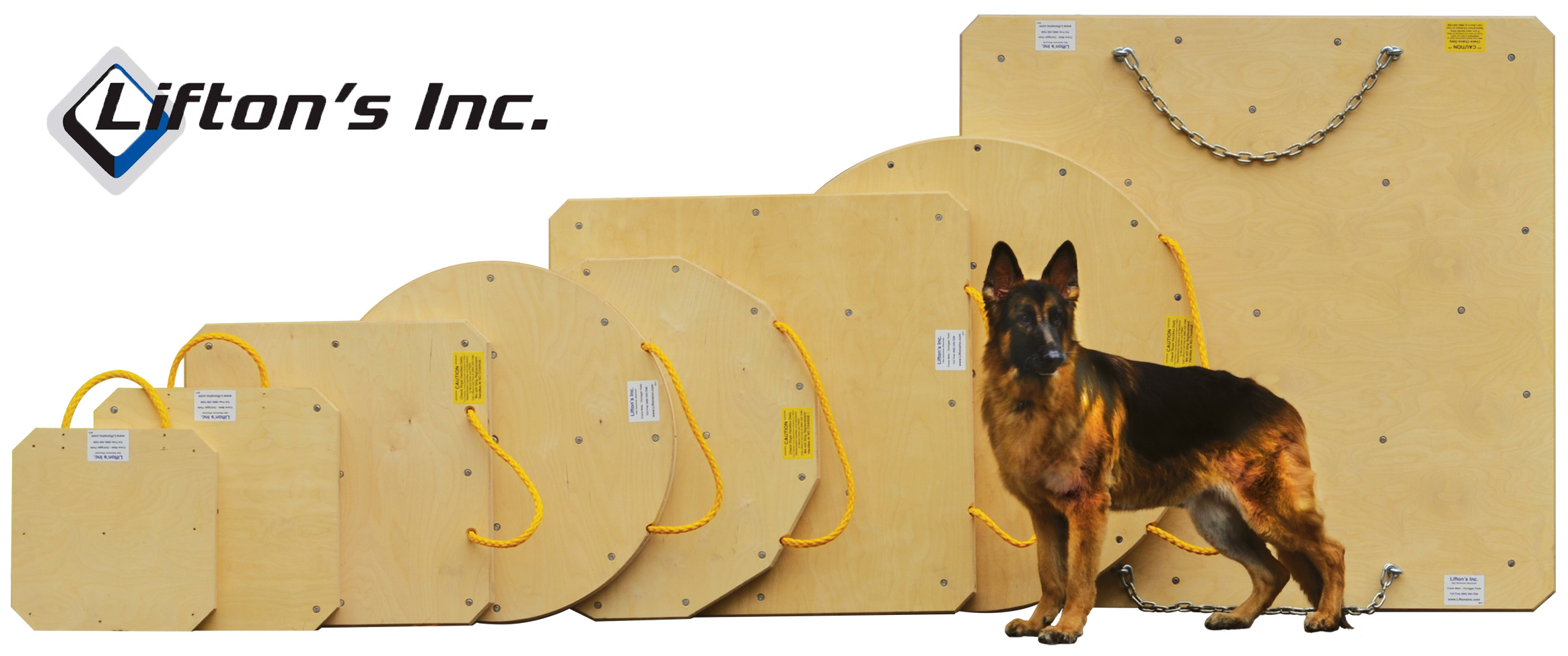| Bob | 02-26-2009 | comment profile send pm notify |
|
February 25, 2009 Last week, we discussed how organizational change can adversely affect the health and safety of your employees. This week we'll look at how safety leaders can minimize the harm by identifying and addressing the negative influences that shape the attitudes and behaviors of all levels of employees. Identify the Signs As we discussed last week, organizational change often causes individuals to experience stress and other negative effects. This can affect behavior and lead to accidents. So when organizations undergo change, safety leaders should be on the lookout for signs of these negative effects including:
Allowed to fester, these problems are apt to result in negative consequences such as:
The attitudes that many people develop during times of change and the issues that fear creates can also influence them to cover up incidents that do occur. Address Attitudes before Behaviors Occur Our thinking process, attitudes and beliefs largely dictate our positive and negative behaviors. And, as I mentioned in Part 1, there's a human tendency to resist those things we don't like, disagree with, or find inconvenient. Unless you address these underlying attitudes and beliefs you most likely will not change behaviors on any long- term basis. We have found that to achieve lasting change, you must first uncover the counter-productive attitudes and beliefs of all workers (line and management) and expose the possible negative consequences of the behavior. Most people that take risks or shortcuts have underlying beliefs such as, "I can do this and nothing bad will happen to me" or "I'm experienced, capable and know what I'm doing, so I'll be okay." Influence of Stress on Attitude Research related to stress and people's ability to cope with and effectively deal with it was conducted in the 1980s by pioneer Richard Lazarus, PhD. He found that stress relates to a person's cognitive appraisal of:
So stress results from what we tell ourselves about our reality or circumstances, whether we accept that reality and how we feel we can handle the situation. This, of course, can apply to people's perception of their ability to deal with various changes in their organization that they see as possible "threats." Relating this to our topic of discussion, safety leaders need to know the answer to the following question: Do workers accept the reality of the changes within the organization and do they believe they can handle them constructively and to their advantage or do they resist them because they believe that the changes will affect them in a negative or detrimental way? Another study, by Kobasa & Maddi, looked at why some people handle stress well while others don't. They posed the question: When an event (such as an organizational change) occurs, am I:
The findings were that those who see situations as threats, feel alienated or feel out of control have a 50% greater chance of getting sick. People who instead feel challenged, get involved and feel in control tend to stay in better health. If illness can be predicted by these attitudes, can incidents? I believe they can and that organizational change, not managed properly, can increase the probability that people will feel threatened, alienated and out of control. This then contributes to a greater risk for accidents, incidents and health issues. Identifying Negative Influences To help determine preventive strategies, you need to look at these key questions:
With answers to these questions, you can then provide workers with information to help eliminate stress-increasing reactions. |
||
| crazycreter | 02-26-2009 | reply profile send pm notify |
|
I print off all your stufff! And i pin it to the board in the shop,!
|
||
| crazycreter | 02-26-2009 | reply profile send pm notify |
|
dont let it go to yer head, i print off pictures of women too |
||
| Bob | 02-26-2009 | reply profile send pm notify |
|
Thanks, and no I don't let it go to my head. This stuff was created by others. I put it up here so that folks like you can put it up on the board at work. The thing that should be important to us all is the safety of us all and our co-workers, not who came up with the idea. ;~) |
||
| TooTall | 02-26-2009 | reply profile send pm notify |
|
"If your head is not in this game, Dont even try to play it." Every brain dead accident I have ever had was because my mind was somewhere else and not on the job where it should have been! |
||
| Drew AUS | 02-28-2009 | reply profile send pm notify |
|
Too drunk sorry
|
||




















.jpg)
.gif)

.jpg)









.jpg)








